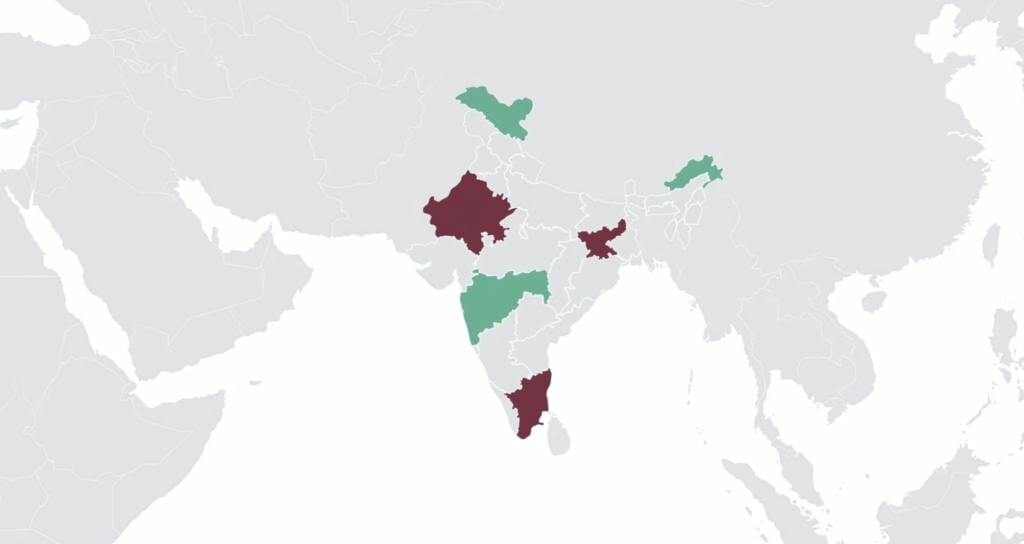When it comes to the storage and transportation of cement in bulk, choosing the right packaging solution is crucial. High-quality cement bags not only ensure the safety and longevity of the product but also play a significant role in preserving the cement’s chemical properties and preventing environmental damage.
This article explores everything you need to know about high-quality cement bags for bulk storage, including their features, types, benefits, and considerations when selecting the ideal bag for your business needs.
Why Cement Bag Quality Matters
Protection Against Moisture
Cement is highly sensitive to moisture. Exposure can cause clumping and deterioration, which compromises its strength and effectiveness. High-quality cement bags are designed to resist moisture penetration, keeping the contents dry and intact during storage and transportation.
Durability in Handling and Transit
Bulk cement handling involves rigorous loading, unloading, stacking, and transport. Low-quality bags can easily tear or burst under pressure. Durable cement bags are built with high tensile strength materials that can withstand these mechanical stresses, minimizing product loss and ensuring workplace safety.
Compliance with Industry Standards
Using certified, high-quality cement bags ensures compliance with industry safety, environmental, and quality standards. This not only protects the integrity of the product but also enhances the reputation of manufacturers and suppliers.
Types of High-Quality Cement Bags
1. Woven Polypropylene (PP) Bags
These are the most widely used cement bags globally. Made from strong woven polypropylene fabric, these bags are:
-
Tear-resistant
-
Water-resistant (when laminated)
-
Reusable and recyclable
Some variants come with a BOPP (biaxially oriented polypropylene) laminated layer that provides extra moisture resistance and an excellent surface for branding.
2. Kraft Paper Cement Bags
These bags are made of multiple layers of kraft paper and are eco-friendly. They are commonly used in regions with dry climates and are known for:
-
Biodegradability
-
Cost-effectiveness
-
Good printability for branding
However, they may not offer the same moisture resistance as plastic alternatives unless treated.
3. Valve Bags
Valve bags are ideal for high-speed filling operations and are widely used in automated cement packaging plants. Features include:
-
Easy and fast filling without the need for stitching
-
Reduced spillage
-
Better sealing and storage efficiency
They come in both PP and kraft paper formats.
4. Laminated Bags
These are typically woven PP bags with an extra plastic or BOPP lamination. They provide:
-
Maximum protection against water and humidity
-
UV resistance
-
A longer shelf life
Perfect for outdoor storage or transportation over long distances.
Key Features to Look for in Bulk Cement Bags
When selecting cement bags for bulk storage, several features are essential:
1. Moisture Barrier
Moisture is the biggest enemy of cement. Look for bags that offer multiple layers of protection or lamination to prevent water ingress.
2. Load-Bearing Capacity
High-quality cement bags should hold 25 to 50 kg of cement without tearing. Check for tensile strength and burst resistance ratings.
3. Stackability
The bags should be designed for easy stacking to optimize warehouse space and ensure stability during storage.
4. Tamper-Proof Design
Valve bags or sealed packaging options can help prevent tampering or pilferage, maintaining product integrity from factory to site.
5. Printability
For manufacturers, having printable surfaces on the bags allows for easy branding, batch information, and safety instructions.
6. Eco-Friendliness
Recyclable or biodegradable materials help reduce the environmental footprint and align with modern sustainability goals.


